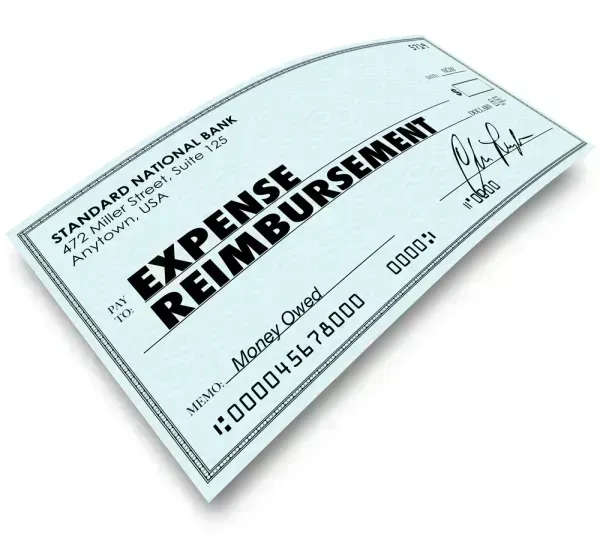Oncology & Hematology Coding Alert
Let Updated Code Descriptors Guide Your Leveling
Published on Mon Sep 26, 2022

You’ve reached your limit of free articles. Already a subscriber? Log in.
Not a subscriber? Subscribe today to continue reading this article. Plus, you’ll get:
- Simple explanations of current healthcare regulations and payer programs
- Real-world reporting scenarios solved by our expert coders
- Industry news, such as MAC and RAC activities, the OIG Work Plan, and CERT reports
- Instant access to every article ever published in Revenue Cycle Insider
- 6 annual AAPC-approved CEUs
- The latest updates for CPT®, ICD-10-CM, HCPCS Level II, NCCI edits, modifiers, compliance, technology, practice management, and more
Related Articles
Other Articles in this issue of
Oncology & Hematology Coding Alert
- E/M MDM:
Count on These Hints to Factor Data Into MDM Levels
Remember: Guidelines for the remainder of E/M categories will change in 2023. Evaluation and management [...] - Let Updated Code Descriptors Guide Your Leveling
For the last two years, CPT® has featured two different ways to calculate levels for [...] - Billing:
Get the Answers to All Your Split/Shared Billing Questions
Clear up the confusion over when and how the rules will change. Billing when one [...] - CPT® 2023:
Prepare for PLA Code Changes With This Primer
Here’s how to stay on top of this rapidly changing CPT® subsection. CPT® 2023 contains [...] - You Be the Coder:
Get Time on Your Side With No Problem
Question: A patient established with our office came to us complaining of fatigue. The patient’s cancer [...] - Reader Questions:
Push Your Understanding of These IV Codes
Question: One of our payers is saying they “will no longer accept 96365 when billed with [...] - Reader Questions:
Get Soft on This Connective Tissue Neoplasm Code
Question: I am trying to code leiomyosarcoma of the sigmoid colon. I have found documentation stating [...] - Reader Questions:
Pay Attention to Neoplasm Sign and Symptoms Sequencing
Question: I am confused about ICD-10-CM coding guideline IC.2.g. For example, a patient comes in with [...]
View All




